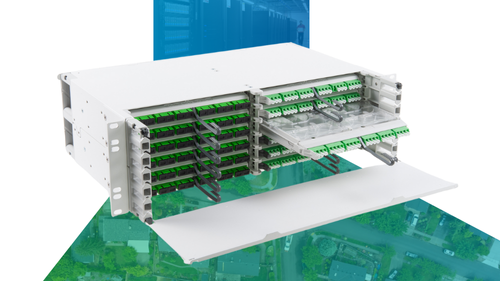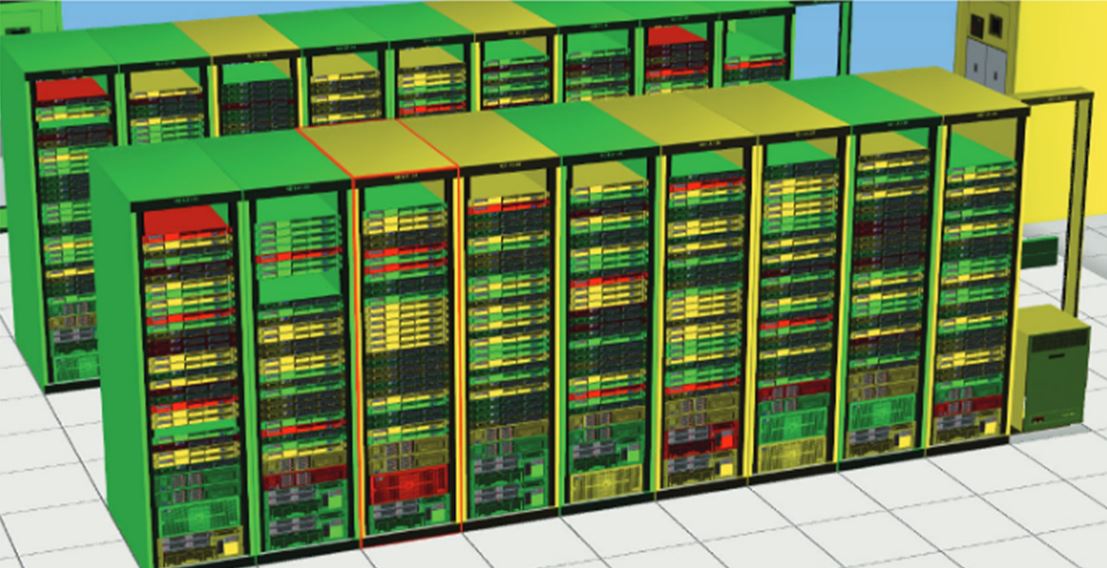 Digital transformation, the “internet of things” and our high-speed future all rely on the scalability of the infrastructure behind them. Network providers must design and deploy enterprise data centers, not only to keep pace with technological advancements, but also to anticipate new trends and standards. Meet the need for speed and streamline your high-speed migration with agile data center installation.
Digital transformation, the “internet of things” and our high-speed future all rely on the scalability of the infrastructure behind them. Network providers must design and deploy enterprise data centers, not only to keep pace with technological advancements, but also to anticipate new trends and standards. Meet the need for speed and streamline your high-speed migration with agile data center installation.
Consider these quick tips:
1. Design for Lower-Loss Budgets
Loss budget is determined by the average losses of all components. Faster application speeds are more sensitive to signal loss. Without an end-to-end approach in the earliest phases of data center design supporting higher bandwidth in the future may not be possible. The simple question, “Will my infrastructure support the loss budgets for the distances and applications I need to run?” often has a complex answer.
CommScope has developed a full line of ultra low-loss (ULL) solutions enable longer links, more connections and greater capacity. These solutions reduce signal loss by more than 50 percent compared with industry standard systems, opening a clear path to 100G, 400G and beyond. High- and ultra high-density fiber panels and modules are easy to install and maintain while providing tremendous deployment flexibility.
2. Streamline Documentation
Tracking becomes more difficult – if not impossible – in high-speed environments with ever-increasing structured cabling, connections and other components. An automated infrastructure management (AIM) platform can integrate hardware and software to manage the physical layer of a data center and document connectivity across the entire network. In addition to providing accurate and reliable reporting, infrastructure automation reduces the costs and mitigates the risks of manual documentation.
Within CommScope’s portfolio, the imVision AIM platform automatically tracks every connection, providing real-time information for location, status, connectivity path and more. Automated data allows information technology personnel to diagnose and address issues faster, as well as monitor the many devices connected to the network. In other words, it shows you exactly what you have, how different pieces interact, and where you can find new optimization opportunities. See how imVision helps manage critical data center fiber connectivity.
3. Ensure Performance
High-speed migration centers on performance, which requires connected and efficient data centers. While there will always be a reactive element to connectivity, a proactive strategy sets the stage for higher-capacity networks in the future. SYSTIMAX Application Assurance provides a 25-year warranty guaranteeing that SYSTIMAX cabling will meet its specifications, supporting high-speed applications over the distances and channel complexities stated. Meanwhile, the SYSTIMAX Fiber Performance Calculator allows decision-makers to design in applications supported by the lowest guaranteed ultra-low link losses. Learn more about the technical side of application assurance in our two-part blog:
- The Technical Side of Application Assurance - Part 1
- The Technical Side of Application Assurance - Part 2
With data center deployment at the core of both enterprise and consumer connectivity, the pressure is on to scale, and scale fast. Designing a data center that is efficient, manageable and scalable requires strategic product selection for higher data speeds, smarter data management, and the support to unlock intelligence. Explore the many ways CommScope can help you migrate your data centers with agility and confidence. Learn more.













